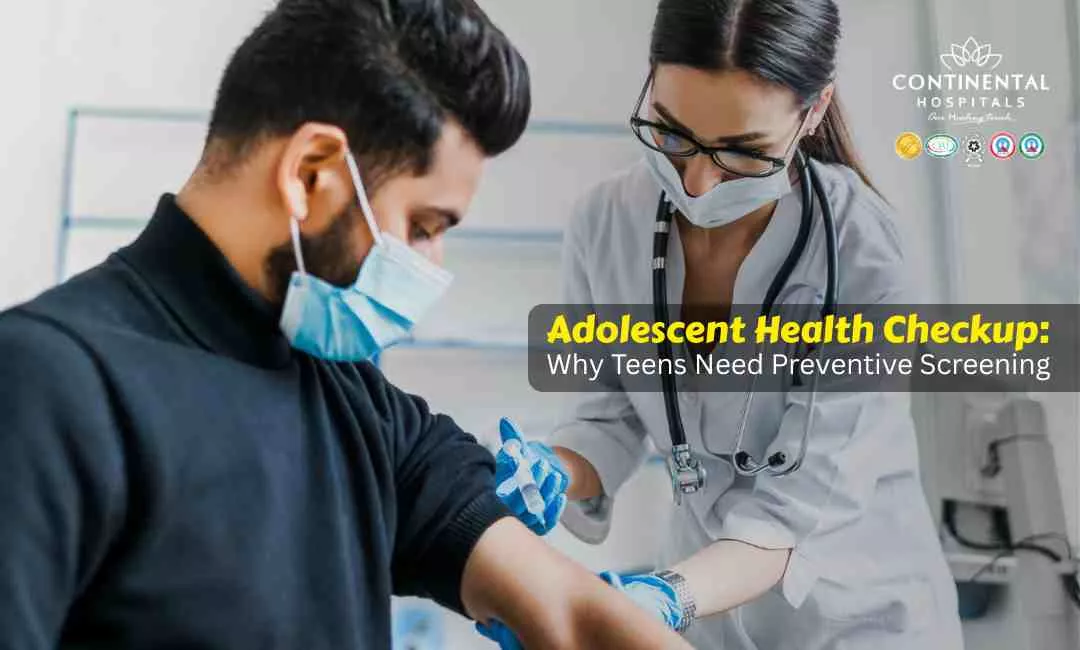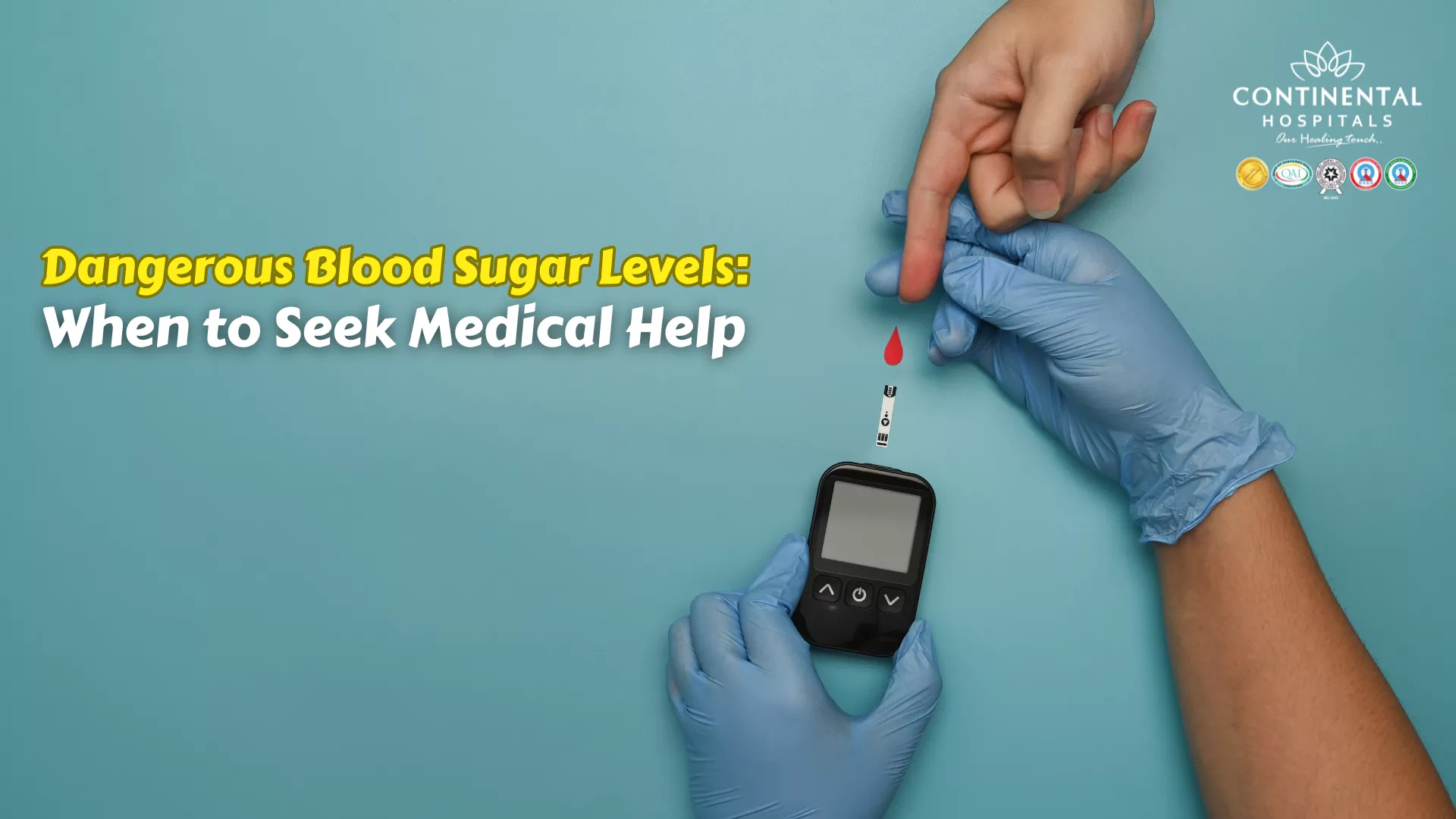The sun, a symbol of life and warmth, plays a crucial role in our health beyond simply brightening our days. It's the source of a vital nutrient – vitamin D – that affects everything from bone health to immunity and mood. Yet, despite its importance, many people walk around deficient in this sunshine vitamin. To help you bask in the glow of optimal vitamin D levels, let's dive into practical tips you can implement right away.
Tips for Maintaining Optimal Vitamin D Levels
Sun Seekers: Soak Up the Sunlight (Safely):
Embrace the midday sun: Vitamin D synthesis in the skin peaks between 10 am and 3 pm. During this time, aim for 15-20 minutes of unprotected sun exposure (face, arms, legs) without burning. Remember, sun safety is paramount, so avoid excessive exposure and don't forget sunscreen on unprotected areas.
Factor in your location and skin tone: Darker skin tones have less melanin, which affects vitamin D production. Adjust your sun exposure time accordingly – darker skin may need double the time compared to lighter skin. Additionally, sun intensity varies with latitude, so adjust your sunbathing habits based on your location.
Cloud cover and winter blues: Unfortunately, clouds act as a sunblock, and winter brings shorter days and weaker sunlight. Consider sunlamps or light therapy boxes to compensate, especially if you live in northern regions or have limited outdoor access.

Remember, if you suspect a deficiency, consult a general physician for proper evaluation and guidance.
Food First: Filling Your Plate with Vitamin D Goodness:
Fatty fish feast: Salmon, tuna, mackerel, and sardines are champions of vitamin D. A single serving can provide your daily recommended intake! Include them in your meals 2-3 times a week for a delicious and nutritious boost.
Fortified friends: Milk, yogurt, cereals, and orange juice are often fortified with vitamin D. Check the labels and make these fortified foods a regular part of your diet.
Mushrooms in the spotlight: Certain mushrooms, like portobellos and oyster mushrooms, can synthesize vitamin D when exposed to UV light. Look for commercially grown varieties treated with UV light, or try exposing your own mushrooms to sunlight briefly before cooking.
Egg yolks: While not as rich as fatty fish, Egg yolks offer a decent amount of vitamin D. Include it in your diet occasionally for a diversified source of this vital nutrient.
Supplement Savvy: When the Sun and Food Fall Short
Know your numbers: Blood tests can determine your vitamin D levels. Consult your doctor to assess your needs and discuss proper supplementation if necessary.
Vitamin D3 reigns supreme: Choose vitamin D3 supplements, as it's the form your body naturally produces from sunlight. Opt for liquid or softgel capsules for better absorption.
Dosage depends: Based on your test results and individual needs, your doctor will recommend the appropriate dosage. Typical daily supplements range from 600-1000 IU for adults, but adjust based on individual needs and risk factors.
Don't overdo it: Excessive vitamin D intake can be harmful. Stick to the recommended dosage and avoid megadosing without consulting your doctor.
Beyond the Basics: Lifestyle Tweaks for Vitamin D Balance:
Move your body: Regular physical activity promotes vitamin D absorption and utilization in the body. Aim for at least 30 minutes of moderate-intensity exercise most days of the week.
Mind your gut: A healthy gut microbiome is crucial for vitamin D absorption. Consider incorporating fermented foods like yogurt, kimchi, and kombucha into your diet.
Manage stress: Chronic stress can deplete vitamin D levels. Practice stress-management techniques like yoga, meditation, or spending time in nature to keep your stress levels in check.
Shining a Light on Common Misconceptions:
Myth: Sunscreen blocks all vitamin D synthesis.
Fact: While sunscreen reduces vitamin D production, it's still possible to get enough with moderate sun exposure even while wearing sunscreen.
Myth: Darker skin types don't need vitamin D.
Fact: Darker skin tones require longer sun exposure to produce sufficient vitamin D, but deficiency is still possible.
Myth: Vitamin D supplements are always needed.
Fact: Most people can get enough vitamin D from sun exposure and food. Supplementation is primarily recommended for individuals with deficiency or at high risk.
Remember, maintaining optimal vitamin D levels is a holistic approach. By embracing the sun, eating vitamin D-rich foods, and considering supplementation when needed, you can bask in the glow of improved health and well-being. Get sunshine savvy, fill your plate with nutritious goodness, and let your body shine from the inside out!
Remember, if you suspect a deficiency, consult a general phsician for proper evaluation and guidance.
Related Blog Articles:
1. Immune-Boosting Foods You Should include in your Diet
2. Protein for Weight Loss: Food or Shakes for Effective Results
3. Balancing Macros: Protein, Carbs, and Fats in Your Diet
.webp)














